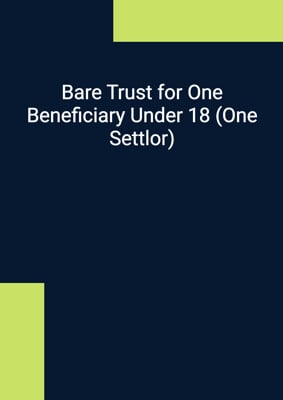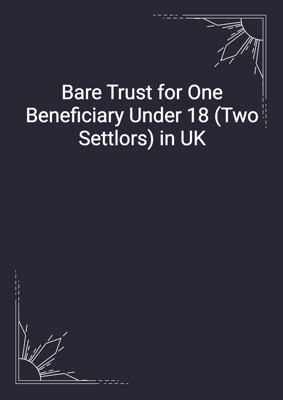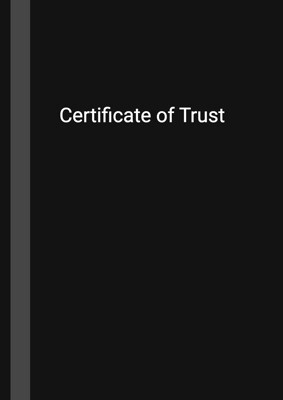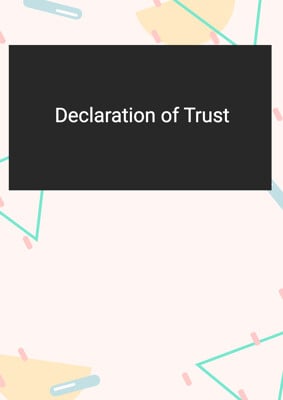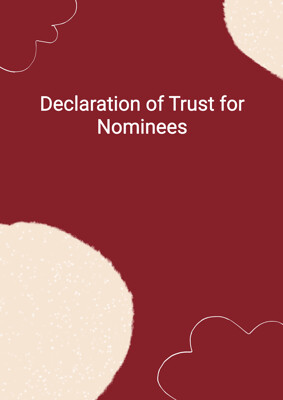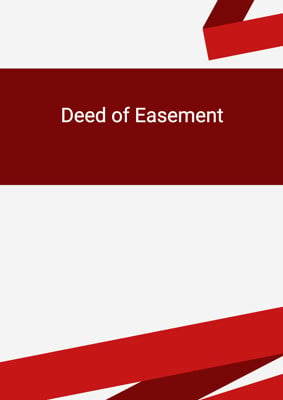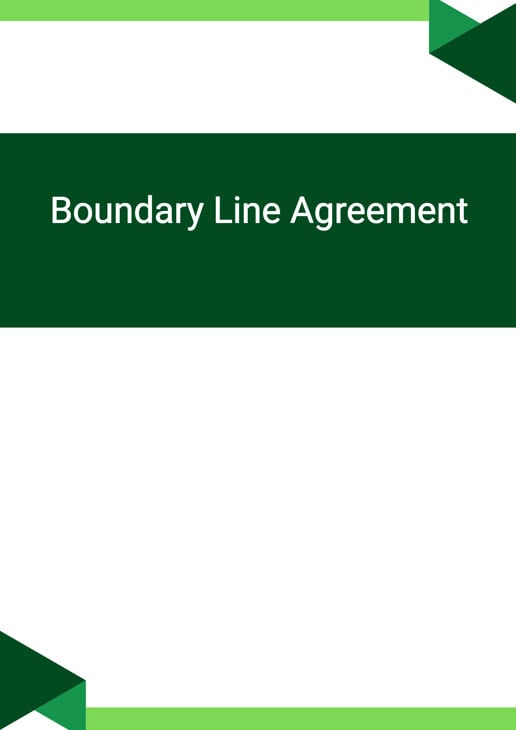
Boundary Line Agreement
Property
This document can be used as a template for a deed of easement entered between the grantor (servient tenement / estate) and the grantee of the easement (dominant tenement / estate) regarding the access to the road. It sets out the rights enjoyed by the dominant tenement and the obligations born by the servient tenement.
How to Tailor the Document for Your Need?
01
Create Document
Fill in the details of the parties. You can click the "Fill with Member’s Information" button to complete it with information saved to your account.
02
Fill Information
Please fill in any additional information by following the step-by-step guide on the left hand side of the preview document and click the "Next" button.
03
Get Document
When you are done, click the "Get Document" button and you can download the document in Word or PDF format.
04
Review Document
The document should be signed by the authorised signatory (or directors of a company) and witnessed to complete the formality.
Document Preview
Document Description
A boundary line agreement is a legal document designed to establish and define the precise boundaries between two adjoining properties. This agreement is essential when property owners recognize the existence of uncertainty or confusion regarding the exact location of their property lines, structures, or improvements. Its primary purpose is to prevent disputes, enhance clarity, and facilitate harmonious relationships between neighbors.
Typically, a boundary line agreement includes detailed descriptions of the properties involved, specifying the names of the property owners, their addresses, and a clear narrative or surveyor's description of the boundary line. This description may include specific landmarks, natural features, or man-made structures to unmistakably delineate the boundary. For instance, it might specify that the boundary begins at a certain point, follows a particular geographical feature, and concludes at another designated point.
One crucial aspect covered by a boundary line agreement is the maintenance obligation. This outlines which party is responsible for maintaining any structures or improvements located along or near the boundary line. Whether it's fences, walls, or other constructions, the agreement clearly defines the parties' shared responsibilities to avoid future disputes.
Boundary line agreements become necessary when property owners wish to formalize their understanding of property boundaries to prevent potential conflicts. These conflicts may arise due to outdated or unclear property records, changes in property use, or evolving neighborhood developments. By proactively entering into a boundary line agreement, property owners can mitigate the risk of disputes, promote neighborly cooperation, and secure a clear understanding of their respective property rights.
In essence, a boundary line agreement serves as a proactive and legal solution to potential boundary disputes. It ensures that property owners have a shared understanding of where their properties begin and end, fostering a more stable and amicable living environment. Property owners can collaborate, with the assistance of surveyors if necessary, to clearly define and document their boundaries, providing a solid foundation for peaceful coexistence.
How to use this document?
To use this document, follow these steps:
1. Property and Boundary Line Description
It is essential to provide legal descri[tion of the Property and the Boundary Line as agreed by the parties hereto
2. Signatures:
Once both parties thoroughly understand the terms, proceed to signatures. Both property owners should sign and date the agreement to signify their understanding and acceptance of the terms.
3. Notarization (If Required):
Check local legal requirements to determine if notarization is necessary. If required, follow the appropriate procedures to ensure the agreement's legal validity.
4.Recordation:
If desired or required, explore the option of recording the agreement with local authorities to establish its legal standing.
Not the right document?
Don’t worry, we have thousands of documents for you to choose from:
